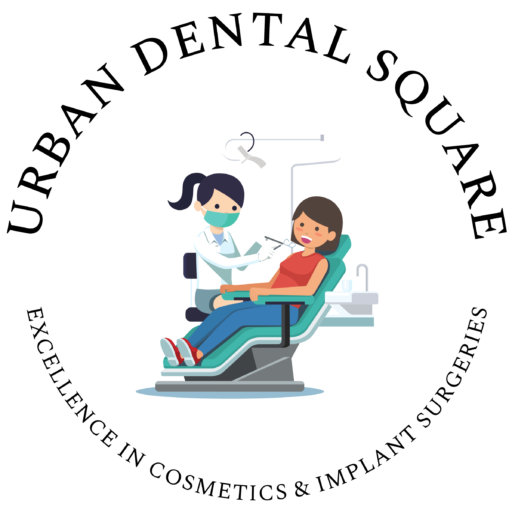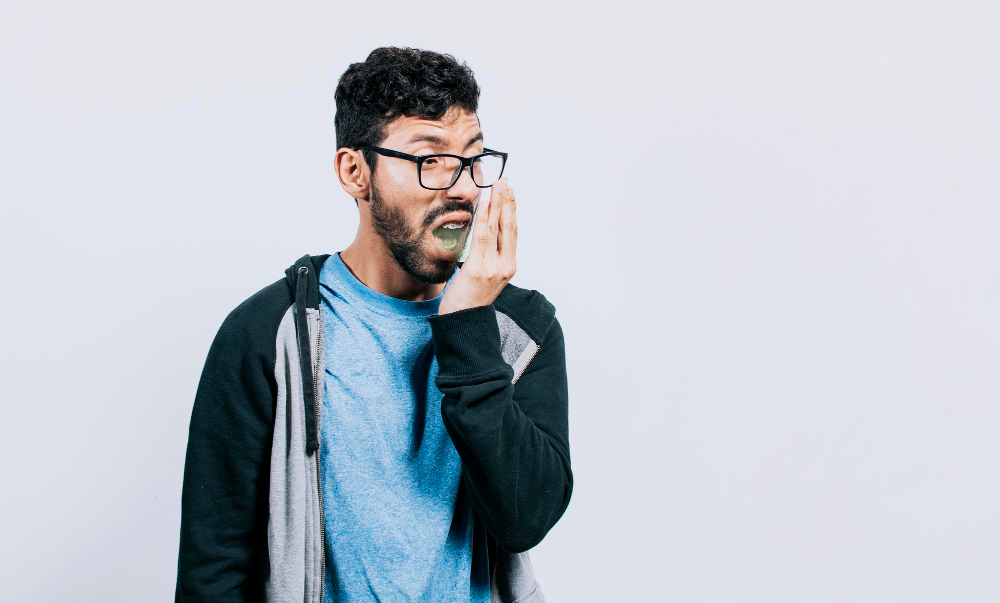What is Halitosis?
Halitosis, also known as bad breath, is a common dental problem. Many people feel embarrassed by it. However, it is often treatable. Halitosis can affect anyone, but good oral health can help prevent it. Dentists see this issue often in their clinics. In most cases, simple changes in dental hygiene can make a big difference.
Common Symptoms of Halitosis
Usually, the main sign of halitosis is a bad smell from the mouth. But, there are other symptoms as well. For example, you might notice:
Sometimes, friends or family may mention your breath. If you notice these signs, it may be time to check your dental hygiene.
Causes of Halitosis
Many things can cause halitosis. Often, poor dental hygiene is the main reason. But, there are other causes too. For instance:
Because there are many causes, it is important to find the right one. This helps you choose the best halitosis treatment options.
How Halitosis is Diagnosed
First, a dentist will ask about your dental habits. Next, they may check your mouth, teeth, and gums. Sometimes, they use special tools to measure the smell. In some cases, they may suggest tests for other health problems. Early diagnosis helps you get rid of bad breath faster.
Effective Treatments for Halitosis
There are many ways to treat halitosis. Your dentist will suggest the best plan for you. Common halitosis treatment options include:
For some people, treating a medical condition can help. For example, managing sinus infections or diabetes may reduce bad breath.
Lifestyle Tips to Prevent Halitosis
Preventing halitosis at home is possible with simple steps. Try these tips:
With these habits, you can lower your risk of bad breath. In addition, your overall oral health will improve.
When to See a Dentist for Halitosis
If bad breath does not go away after brushing and flossing, it is time to see a dentist. Also, if you notice pain, bleeding gums, or loose teeth, seek help. Sometimes, halitosis can signal a deeper health issue. Dentists can find the cause and suggest the right treatment. Early care can prevent bigger problems later.
If you are worried about halitosis, consult a dentist for personalized advice on managing halitosis.

